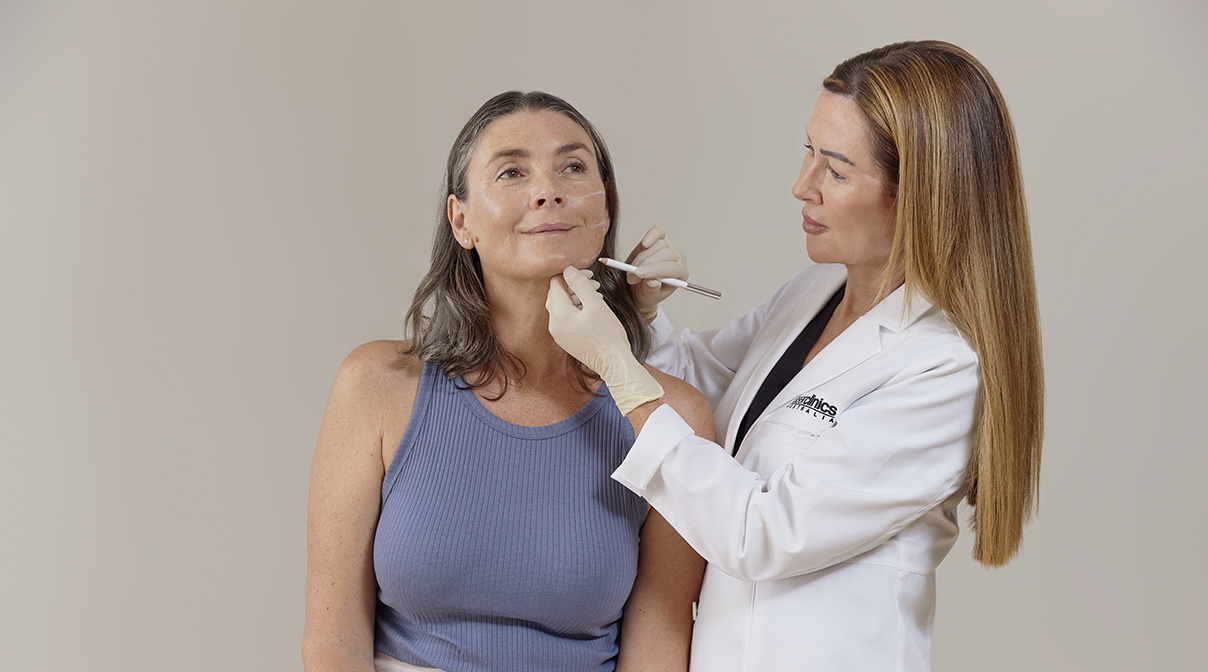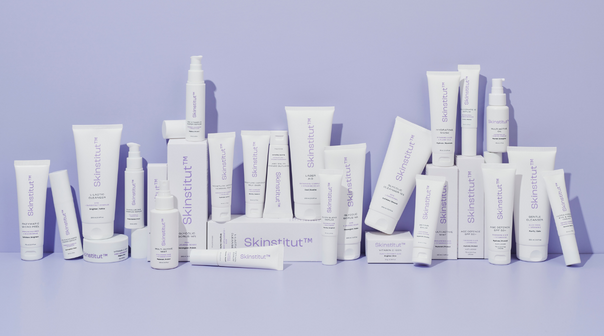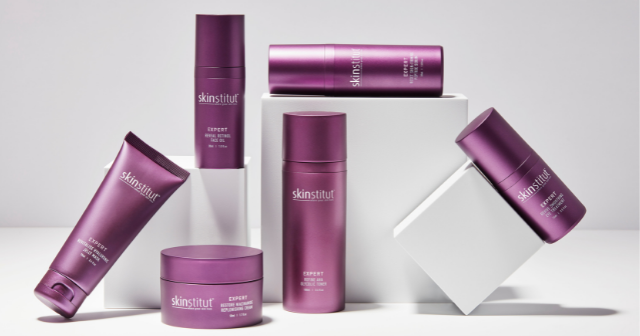You’re doing your usual skincare routine—cleanse, serum, moisturiser, maybe a little SPF—and suddenly, something feels... off. Your skin doesn’t feel as smooth. There’s a rough patch that wasn’t there yesterday. Maybe your makeup isn’t sitting quite right. Maybe you’re running your fingers across your cheek and thinking, Wait, has it always felt like this?
Sudden changes in skin texture can feel frustrating and confusing, especially when you haven’t done anything different. But skin is complex. It reacts to stress, diet, weather, hormones, and the air around you.
This article breaks down the most common reasons your skin might suddenly feel bumpy, rough, or uneven—and what you can actually do about it.
What Is Sudden Skin Texture—and Why Is It Happening?
Skin texture refers to how smooth or uneven your skin feels to the touch. When it's balanced, hydrated, and healthy, your skin tends to feel soft and refined—even if you still have pores or the occasional breakout.
But when that texture suddenly changes, it can feel like your skin's surface has gone rogue: rough patches, tiny bumps, dry flakiness, or an odd waxy or gritty feel that seemingly appeared overnight.
- Underlying skin conditions: Dermatological conditions like keratosis pilaris, eczema, or psoriasis can suddenly flare, leaving behind scaly, rough, or uneven patches. If changes in skin texture come with red bumps, flaking, or unexplained irritation, it’s best to speak with a professional—especially if the symptoms persist or worsen.
- Reaction to new skincare products: Sometimes your skin doesn’t mesh well with a new serum or cream, and it’s not just random irritation. Ingredients like fragrances or preservatives can trigger an immune response via skin proteins like CD1a, activating T cells and leading to redness, bumps, or rough patches. This is often the mechanism behind allergic contact dermatitis, and it can happen even if you’ve used similar products before without issue.
- Dehydrated skin: When your skin lacks water, it’s not just because you skipped your moisturiser. Dehydration leads to a compromised outer skin layer—stratum corneum—which loses water and lipids. This weakens your skin’s immune barrier and makes it rough, flaky, and uneven. The body tries restoring balance through cytokines, but that process can further trigger inflammation. This creates a vicious cycle where your skin is stuck in a loop of dryness and irritation unless properly addressed.
- Sudden weather shifts (cold or dry air): When the environment gets colder or drier, the humidity level drops, which means there’s less moisture in the air for your skin to draw from. Your skin naturally retains water using natural moisturising factors but in dry, cold, conditions, water loss increases. Your skin barrier becomes more permeable to irritants (hello flaky, uneven skin).
- Pollution and environmental toxins: Fine airborne particulate matter can cling to the skin’s surface and penetrate into the deeper layers of the epidermis. This triggers the production of reactive oxygen species (ROS), leading to oxidative stress, which in turn initiates a cascade of inflammatory changes. Over time, this translates to a weakened skin barrier, increased sensitivity, clogged pores, and texture changes. Some studies even link high pollution exposure to premature aging and exacerbation of inflammatory skin conditions like eczema.
- Over-exfoliation: If you’ve recently upped your use of exfoliating acids, scrubs, or retinoids, you might be dealing with a compromised barrier. This can result in a patchy, flaky, or sensitised texture that feels tight or even stingy. Exfoliants contain chemicals that when overused, can strip away the healthy protective layers of your skin. Once that barrier is weakened, you’re more likely to experience patchiness, stinging, flaking, or a persistently tight, uncomfortable feeling. It’s also harder for your skin to hold onto hydration, leading to a rough or uneven texture.
What Can I Do About Sudden Skin Texture?
1. Pause and simplify your routine
The worst thing you can do when your skin’s texture suddenly goes haywire is throw more products at it. If it feels tight, bumpy, or unexpectedly rough, it’s a sign something has disrupted your skin barrier and it’s time to get back to basics.
Temporarily remove actives from your routine—this includes exfoliating acids (like glycolic, lactic, or salicylic acid), vitamin C serums, retinoids, and even clay masks. These are powerful ingredients, but when your skin is compromised, they can aggravate it further, slowing down healing.
Instead, focus on three things: a gentle, non-active cleanser, fragrance-free hydrating moisturiser, and a broad-spectrum SPF with minimal ingredients.
2. Don’t introduce anything new just yet
It’s tempting to reach for a miracle serum or that trending “skin-smoothing” product when your skin suddenly feels off. But now isn’t the time to experiment.
Less is more when your skin is recovering. Introducing new products can further irritate or trigger an allergic reaction in your skin. Wait until your skin feels calm, balanced, and hydrated. Only then can you consider adding one product at a time. If something causes a flare-up it’s much easier to pinpoint the culprit.
3. Consider seeing a skin professional
Even after trying everything and your skin still feels “off” or if texture changes are accompanied by other signs of inflammation, it may be time to book in with a skin expert. You could have an underlying condition that’s not going to improve with over-the-counter fixes alone.
A qualified dermatologist or Skin Therapist can assess what’s really going on and recommend a treatment plan tailored to your skin. This might include a combination of ongoing topical care, prescription ointments, or in-clinic treatments depending on what’s triggering the texture change.
Some of the options they may explore with you include:
- Skin Needling (Microneedling): A clinical treatment that uses fine needles to stimulate collagen production and resurface the skin. It can be especially effective for post-acne texture, scarring, or visible pores.
- HydraFacial: A gentle but intensive facial designed to deeply cleanse, rehydrate, and infuse the skin with active serums. It’s often recommended for dull, dry, or congested skin—but it needs to be matched to your specific skin type and condition.
These are just examples. Your therapist may recommend something entirely different based on what your skin actually needs. That’s why a professional consultation matters.
Final Thoughts
Sudden changes in skin texture can catch you off guard, but they’re usually your skin’s way of asking for a reset. Whether it’s dehydration, environmental stressors, or a product that didn’t agree with you, the key is to respond gently, not aggressively.
The good news? Skin is resilient. With the right support, it often bounces back faster than you think. And if you need a little help along the way, booking in with a professional can take the guesswork out of what your skin needs.
If you’re ready for personalised advice, book a consultation at your nearest Laser Clinics Canada location. We’re here to help your skin get back to feeling like your skin again.













